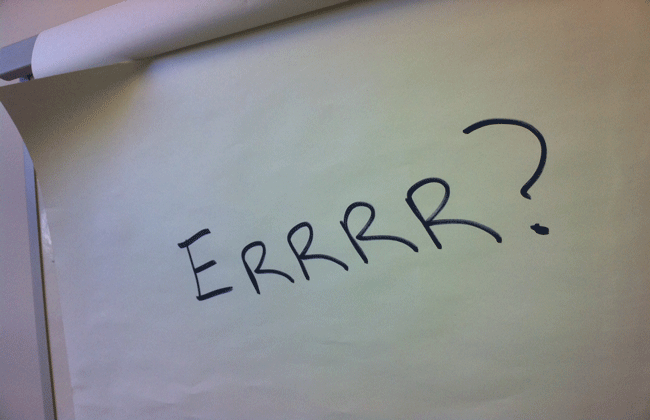by Ms. Indah Sugesti
Level : Elementary and above
Purpose :
Develop strategies to gain time in conversation by using fillers and hesitation
devices
Dialog type: Any
dialogue
**In this
activity students prepare a new version of the dialogue, in which speakers
delay their answer by using fillers and hesitation devices.
Preparation:
1.
Make a list of some filler or hesitation devices you
would like to introduce to your students (see list 1)
2.
Collect some questions you can not expect anybody to
know the answer to; e.g., ‘who won the 100 meter sprint at the 1912 Olympic Games?’ or ‘What is the fourth biggest city in Siberia?, etc
In class:
1.
Begin by asking students questions such as, ‘What were you doing last Friday at 11:15 a.m?’
or ‘Where did you spend the summer seven
years ago?’. They unlikely to be able to answer immediately and will
probably stammer, laugh, lapse into silence or say ‘I don’t know’.
2.
One way to react to difficult questions is to use
certain filling words or phrases to gain some time to think. Demonstrate this
by answering one of your own difficult questions using several fillers. Ask
someone what fillers they know, and list them down on the board along the ones
you have selected.
3.
Get students to ask each other difficult questions so
that they can practice using fillers. Point out that a combination of several
fillers sounds more like a native speaker and gives them even more time to
think. For example:
Question:
Why haven’t you done your homework?
Answer:
Well ...err, you see, it’s like this…now,
where shall I start…? Etc
4.
Students get into pairs/groups and prepare a version of
the dialogue in which all the speakers are terribly uncertain and hesitant and
use lots of fillers.
5.
Students perform the new versions of the dialogue and
the audience notes all the different fillers that were used. Which were the
most popular?
List 1
Common fillers and hesitation devices
(very
often a combination of fillers is used)
Well…
Um…/err…
Actually…
You know/see…
I see.
I/you mean…
As a matter of fact…
Let’s see (now).
Now let me think/see.
I’ll have to think about it.
Frankly/honestly,…
To be honest/frank,…
In fact, …
I wonder …
Hang on
The thing is
I see what you mean.
Sort of.
That sort/kind of thing.
It’s like this, you see…
Right then.
Let’s say…
What I’m trying to say it …
(Now) where should I start …
That’s a good/very interesting question.
What I would say is…
How shall I put it.
Let’s put it this way…
The best way I can answer that is …
I(‘ll) tell you what…
List of
questions:
1.
Who first sailed across the Atlantic?
2.
What is in the middle of London and France?
3.
When did the Titanic sink?
4.
Why did America lose in the Vietnam war?
5.
How many times did you fall from your bike when you first
learned to ride it?
Tags:
Sharing programs

